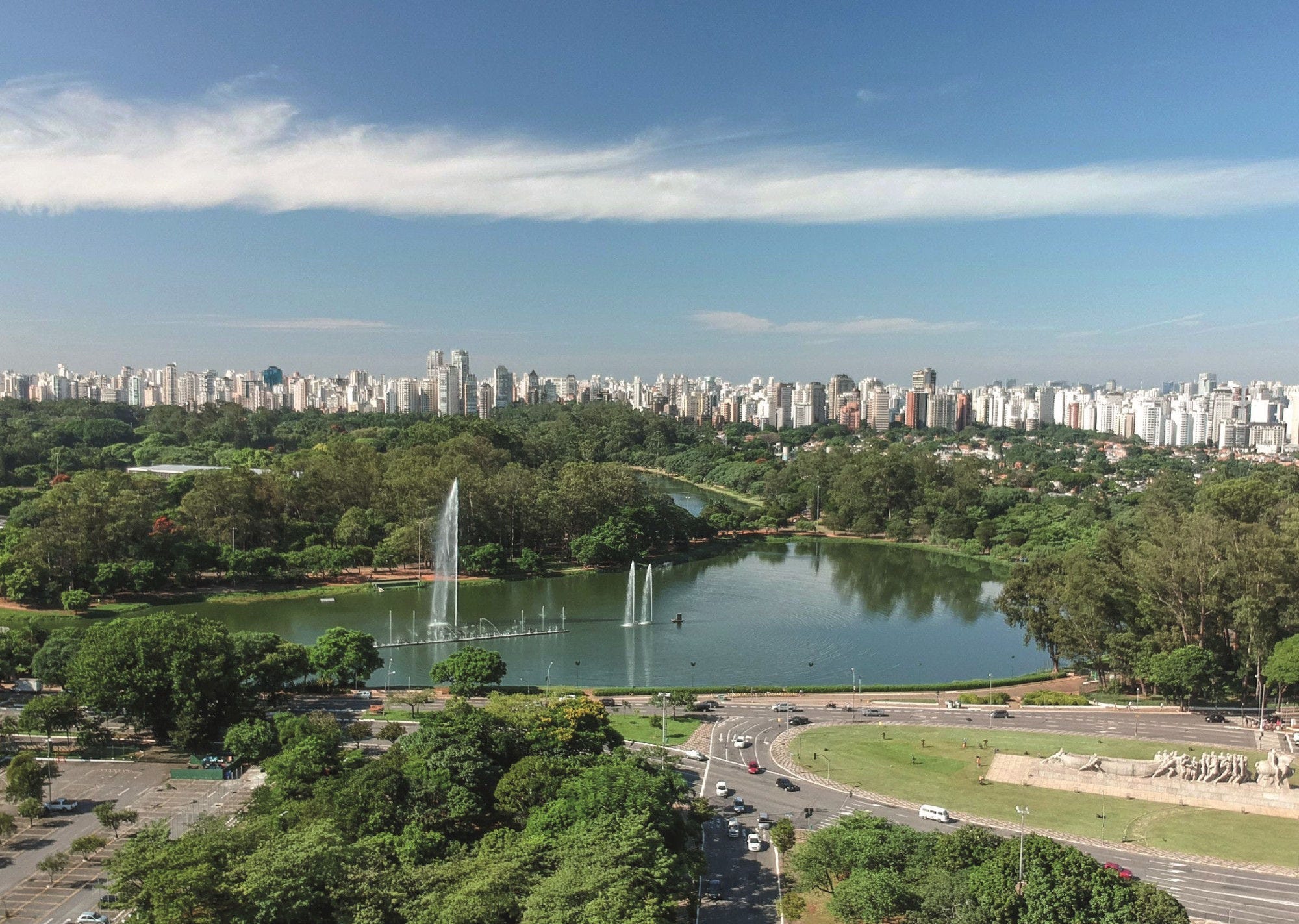The life cycle of an infrastructure project includes its planning, prioritisation and funding, design, procurement, construction, operation, maintenance, and decommissioning. A life cycle perspective in infrastructure procurement means that all these stages are considered when making procurement decisions. Considerations should also include the project's impact on other objectives, such as environmental protection or gender equality, over its entire lifespan. Such a perspective can lead to more sustainable, inclusive and cost-effective infrastructure decisions. The OECD Recommendation on the Governance of Infrastructure highlights that contracting authorities must carefully evaluate the optimal risk allocation and use value for money analytical tools to compare assessments of service delivery options throughout the project's life cycle. In addition, contracting authorities can support their procurement officials to make use of the whole life cycle of infrastructure projects to achieve important complementary objectives such as inclusion, responsible business conduct or environmental goals.
Considering the limited resources available to governments, one of the first and most important stages of the procurement process is identifying and choosing the proposals offering the best value for money. A large majority of Latin America and Caribbean (LAC) countries with data available (12 out of 14, 86%) use a combination of financial and qualitative criteria to identify the proposals offering the best value for money. To make the procurement process fair and ensure that enough resources are allocated to the projects to achieve the expected results, half of the LAC countries with data available also use mechanisms to manage abnormally low or high tenders. Abnormally low bids raise concerns about the bidder's capability to perform the contract, while high ones suggest overpricing and a potential lack of value for money. These issues can compromise fair competition between tenderers, so governments try to identify them early. One of the most important criteria for identifying the proposals that offer the best value for money is to evaluate the life cycle perspective of the infrastructure project but only Brazil uses this when assessing project proposals (Figure 8.5).
During their life cycle, infrastructure projects are exposed to risks including inefficiency, financial uncertainty, cost overruns, low quality and integrity breaches. Managing and assessing risks during the entire procurement life cycle is key to distinguishing and foreseeing factors that may hamper the projects’ realisation. In 2022, 10 out of 14 LAC countries surveyed (71%) conducted risk management activities to cover the entire infrastructure procurement life cycle (Figure 8.6).
Finally, having a life cycle perspective should mean public procurement officers can leverage the infrastructure project procurement process to achieve complementary policy objectives. For instance, some LAC countries are making their infrastructure procurement processes more environmentally sustainable by enabling public procurement officials to identify projects that promote responsible business conduct (6 countries out of 14), and environmental protection (5 countries out of 14). Fewer countries are taking advantage of infrastructure projects to promote gender equality (three countries), or innovation or social policy objectives (two countries each) (Figure 8.7).



